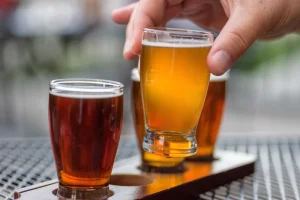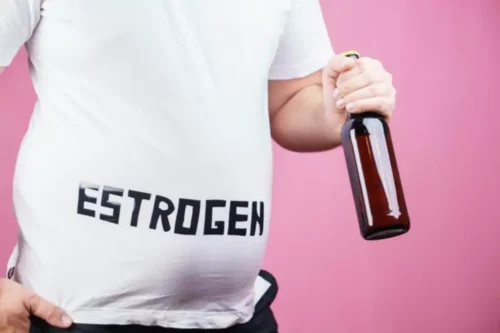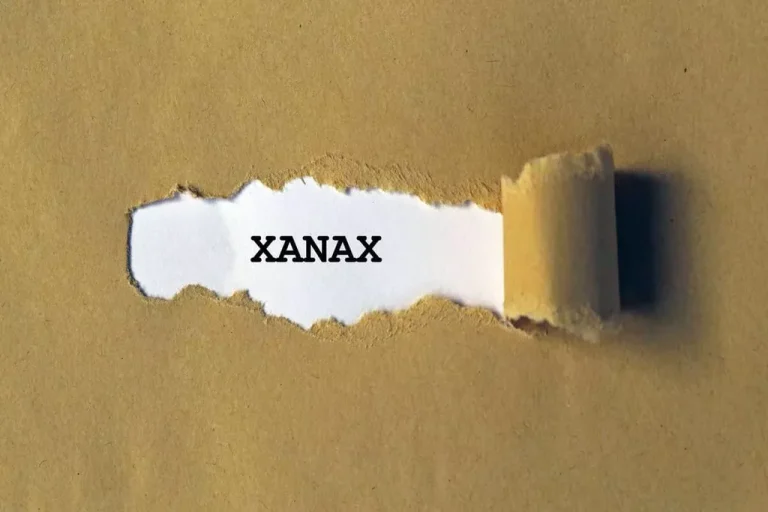In some cases, a nonthreatening conversation is a better option. Methamphetamine is an addictive drug that has energizing (stimulant) effects. drunk people feel soberer around heavy drinkers It can be found in pill form or as a white-colored powder. As a powder, it can be snorted or dissolved in water and injected.
Treatment For Meth Withdrawal Symptoms
Crystal meth is often made with a common cold medicine ingredient called pseudoephedrine, which helps ease congestion. Because it’s used to make meth, the federal government closely regulates products with pseudoephedrine. By clicking “Submit,” you certify that you have provided your legal name and phone number, agree to the terms and conditions and privacy policy, and authorize Addictionresource to contact you.
Your addiction does not have to define who you are.
Meth withdrawal symptoms can be physical, mental or behavioral. They can be intense, lasting for days and, in some cases, weeks. Many factors determine the length of withdrawal symptoms, including the amount of time the person has been addicted. Methamphetamine addiction can lead to painful withdrawal symptoms. Although most effects of withdrawal subside within about a week, some symptoms can persist for several weeks. Rehab centers can assist individuals in safely detoxing from meth abuse.
- The most effective meth addiction treatment programs include medical detox and cognitive therapies.
- But treatment can help people safely detox and prepare to transition to inpatient rehab.
- Methamphetamine has powerful central nervous system stimulant properties and a very high potential for addiction development due to its effects on the motivation and reward centers of the brain.
- Meth is extremely addictive, and you may find yourself pulled toward using it more often once you feel the positive effects.
- While comedowns and crashes are technically part of withdrawal, people often use these terms to describe the severity of symptoms (with a comedown being the least severe and withdrawal being the most severe).
Benefits of Medical Detox for Crystal Meth
Withdrawal symptoms for those who use Methamphetamine can last up to 8 months. Meanwhile, regular users’ withdrawal symptoms can last up to 3 years. It doesn’t matter whether it was used regularly or occasionally.
Where to get treatment
He said intense cravings are one of the reasons people want to avoid meth withdrawal. Methamphetamine creates an intense high that lasts five to 30 minutes, and the lingering effects can last up to 12 hours. The short duration of the drug’s euphoric effects cause people to reuse the substance, which can increase a person’s tolerance to meth.
Unless you use an approved methamphetamine medication under the direction of a doctor, there’s no recommended dose for meth. The least risky (and slowest) way to use meth is to swallow it. Your odds of harmful effects go up if you put meth into your https://sober-house.net/dangers-of-mixing-adderall-and-alcohol/ vein with a needle. But you can lessen the chances of harmful effects if you use smaller amounts of meth no matter what method you choose. Outpatient treatment is also an option for addicts who can still function normally in their daily lives.
During this time, symptoms may peak and then gradually begin to decrease. Your insurance plan may cover some or all of the cost of addiction treatment. Our online health insurance verification system will estimate your in-network and out-of-network deductibles, coinsurance percentages and out-of-pocket maximums. Within https://soberhome.net/alcohol-poisoning-symptoms-treatment/ 5 minutes, you’ll receive an email with these details – free of charge. Unfortunately, while medications like this exist for other drugs (opioid pain medications, for example), there are no FDA-approved prescriptions for stimulants like methamphetamine. Methamphetamine withdrawal is usually an unpleasant experience.
In other words, the body feels like it needs meth to physically function. Dependence can lead to strong cravings and compulsive use in the absence of meth in order to avoid unwanted withdrawal symptoms. There are treatment options available to help users safely manage withdrawal symptoms. This program is ideal for educating patients and their families, school faculty and staff, behavioral and mental health professionals, and more. Curiosity, boredom, peer pressure, weight loss, to fill a void—the reasons vary for why people try meth for the first time.
Additionally, the longer you continue to use meth, the more likely it is that you will develop an addiction. Call your health insurer to find out if you need to go to a specific doctor or place for addiction treatment. You’ll typically pay less out-of-pocket if you go to “in-network” providers. Your withdrawal symptoms will be strongest during the first 24 hours or so and typically last about 7-10 days. Psychological and physical withdrawal symptoms are often very severe and can start within a matter of hours after stopping meth use. This will happen within three years of going for treatment.
For many, it is physiological symptoms — anhedonia and the resultant depression — that cause relapse as they seek relief from the emotional distress. The psychological dependence resulting from prolonged meth use is powerful, so the person in withdrawal will often experience an intense craving for the drug. Long-term meth use may decrease the number of dopamine receptors in brain cells, making it difficult for the individual to experience pleasure, even if normal dopamine levels return. Many people who quit using meth experience this condition, called anhedonia. Anhedonia can continue for years after a person stops the drug. The initial phase of methamphetamine withdrawal is called the acute phase.













